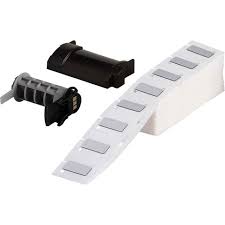Changes to DVSA Roadside Fines Payment Methods

Introduction
The Driver and Vehicle Standards Agency (DVSA) has recently announced significant changes regarding the payment of roadside fines imposed on drivers. These modifications aim to enhance the user experience and simplify the payment process for motorists. With the rise in road traffic and strict enforcement measures, understanding how these changes impact drivers is crucial for compliance and financial planning.
Details of the Payment Changes
As of April 2024, drivers will be able to pay roadside fines through a newly implemented online portal that promises to be both user-friendly and secure. This change is expected to replace the older methods of payment, which often involved complex procedures that could lead to delays and confusion.
The new online system will accept various payment methods, including credit and debit cards, and digital wallets—streamlining the process considerably. Additionally, reports indicate that drivers who pay their fines within a specific timeframe may still benefit from a 25% discount, mirroring existing practices. The DVSA aims to encourage prompt payments while also reducing administrative burdens on enforcement officers.
Impact on Drivers and Enforcement
With these changes, the DVSA aims to reduce the friction often associated with settling fines. Many drivers have expressed frustration regarding the existing payment processes, which, at times, require lengthy phone calls or visits to local offices. The transition to an online platform is anticipated to ease these frustrations.
Furthermore, the implementation of this online payment system coincides with the DVSA’s broader strategy to utilise technology in ensuring road safety and compliance. By making payment more accessible, the DVSA hopes to improve overall compliance rates among drivers, thereby enhancing road safety.
Conclusion
In conclusion, the changes to the DVSA roadside fines payment method are a welcome step toward modernising enforcement processes while simplistically meeting the needs of UK drivers. As implementation approaches, it’s advisable for drivers to familiarise themselves with the new system and take note of any updates from the DVSA. The potential for smoother and faster transactions not only benefits drivers but also plays a significant role in maintaining road safety standards across the country.









